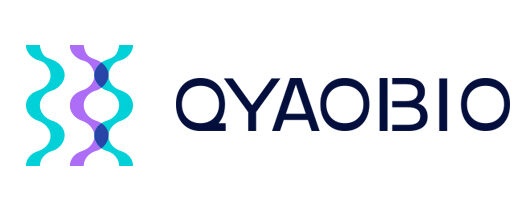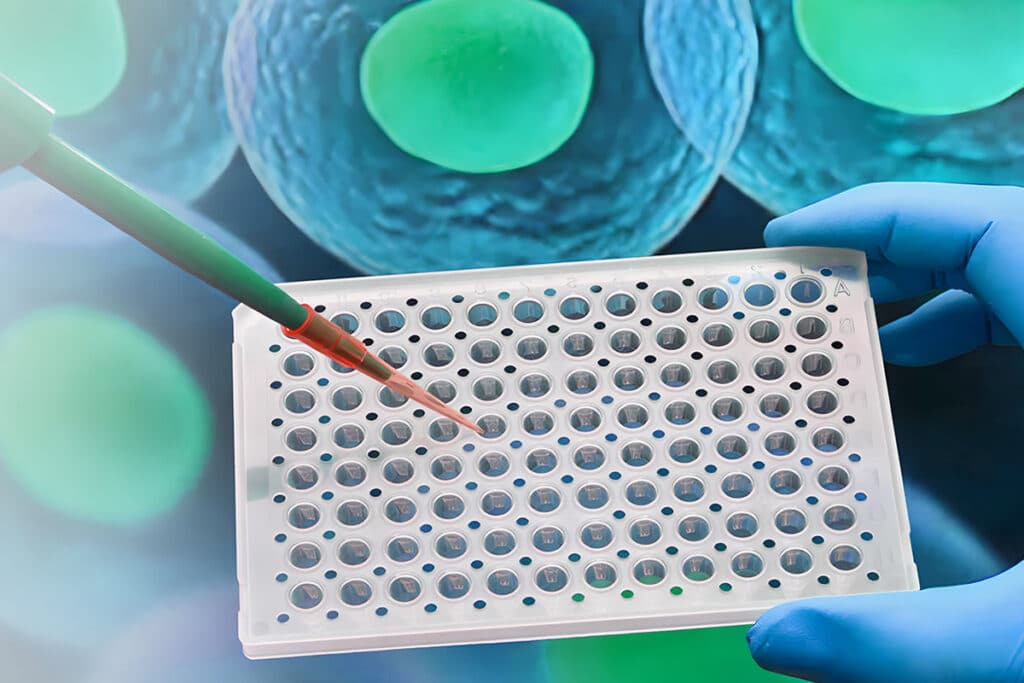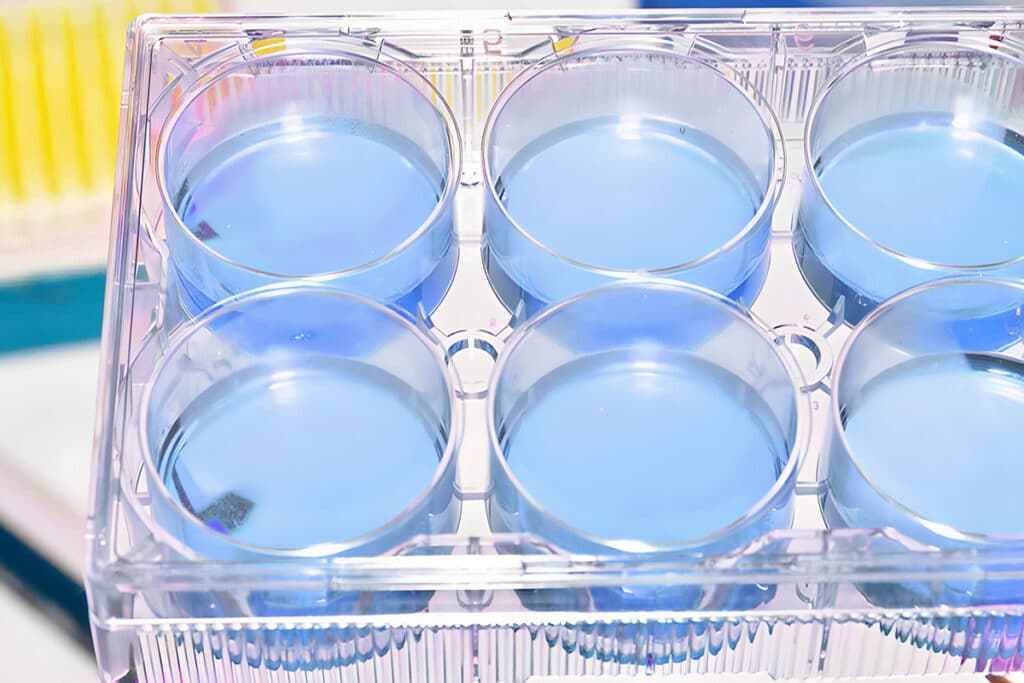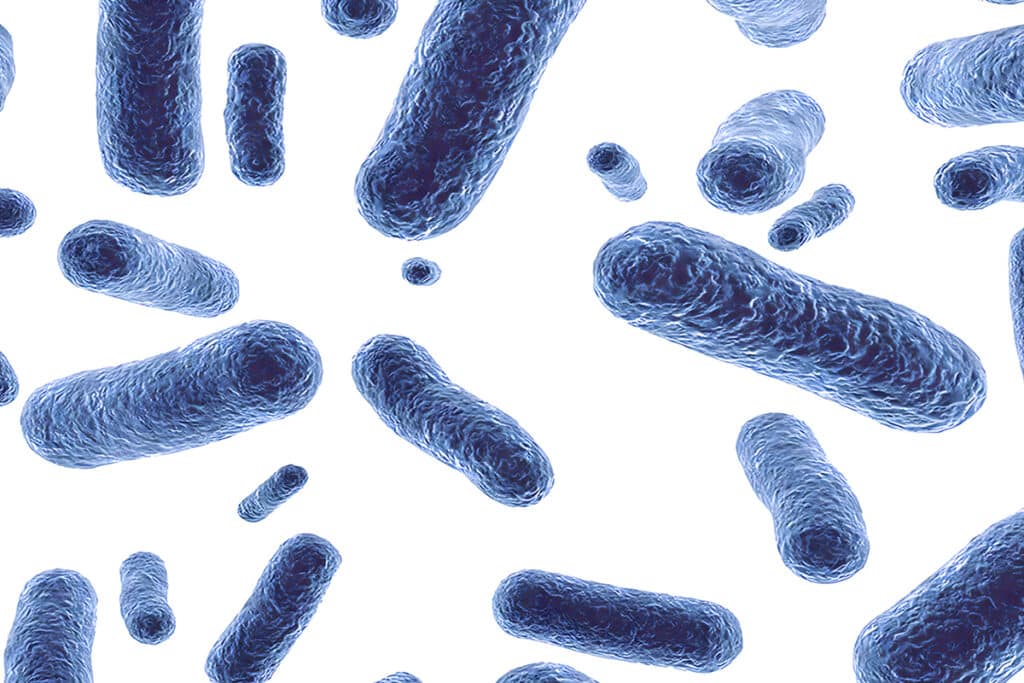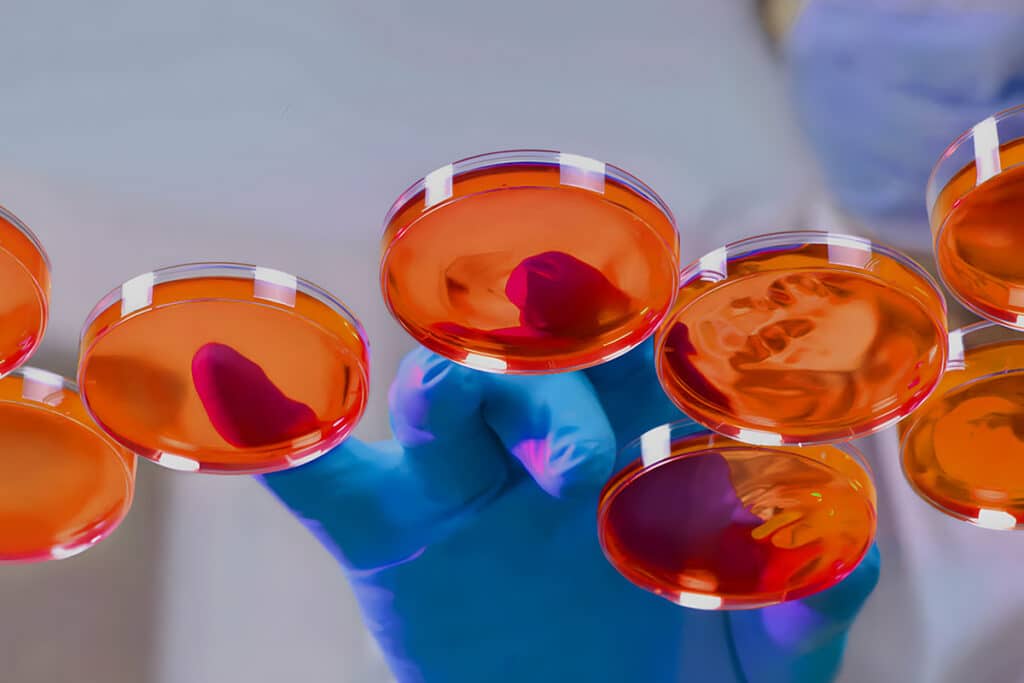Protein Expression
QYAOBIO provides different protein expression for customers in worldwide
Proteins are the crucial executors in various biological processes. In order to understand the corresponding biological regulations of specific proteins, it is critical to investigate different aspects of proteins, such as localization, modification, interaction, function, and three-dimensional (3D) structure. Normally, high purity target protein is the prerequisite for protein structural analysis. Different protein production techniques are required for different downstream applications and diverse properties.
QYAOBIO apply both cell based and cell-free systems in protein expression, in order to provide high-quality service in both pharmaceutical industry and research institutions.
Cell-based Protein Expression
Cell-based protein expression is the traditional technique for recombinant proteins, this process applies living cells for protein expression. QYAOBIO has widely applications in both prokaryotic and eukaryotic protein expression systems. The bacterial system have high productivity, but not equipped with post-translational modification or proper folding. This gives rise to insoluble or non-functional proteins. Therefore, multiple eukaryotic cells are applied to facilitate the expression of fully functional proteins.
Mammalian Protein Expression
There is the main challenge of mammalian cell expression system: reduced efficiency and level of the recombinant proteins. However, we still develop the cell line as efficient transient and stable expression systems, like HEK293, CHO.
HEK293 cells are transiently transfected by reagents of liposomes, calcium phosphate, or PEG. Although the transient expression is relatively easy and simple, the scaling up process is technically challenging.
CHO cells are commonly applied for stable expression with large quantities. This process includes the transfection of DHFR-deficient CHO cells with interested gene, and the DHFR selection cassette. Then screen to achieve stable transfected cell pools. The total selection and expansion process will take 2-3 months.
Mammalian Cells Protein Expression Process
- Apply competent E.coli cells to take up required DNA sequence
- Integrate the DNA into bacterial genome, or circularize the DNA sequence to exist as a plasmid
- Use the selection marker (antibiotic) to select the transformed E.coli
- Store clones optionally in CloneStable
- Expand the selected E.coli in appropriate culture media
- Isolate DNA or plasmid
- Transfect the expression plasmid to mammalian cell by reagents
- Select stable clones
- Expand the clone for transient batch expression, or expand the clones for 2-3 months for stable expression
- Isolate and purify intracellular/secreted proteins
Mammalian Cell System Features
- Easy and rapid transient expression
- All PTM(post-translational modifications) in mammalian cells
- Stable transfection with high yield, scalability, and reproducible production
Insect Protein Expression
The insect cell lines are frequently applied in protein expression systems, the most common cell are derived from Spodoptera frugiperda. The baculovirus is a lytic dsDNA virus, it can amplified in cells of the Lepidoptera family insects. In addition, this virus is noninfectious in vertebrates, its promoters are inactive in mammalian cells.
Baculovirus/Insect Cells Expression Process
- Apply competent E.coli cells to take up required DNA sequence
- Integrate the DNA into bacterial genome, or circularize the DNA sequence to exist as a plasmid
- Select the transformed E.coli by the selection marker (antibiotic)
- Expand the selected E.coli in appropriate culture media
- Isolate DNA or plasmid
- Preparation of the second plasmid with viral genes for multiplication and formation of virus particles
- Transfect the expression plasmind and second palsmid into insect cells
- Purify the recombinant viral stock
- Amplify the virus and additional plaque assays, increase the titer of recombinant viral stock
- Infect the insect cell with high-titer recombinant virus stock
- Isolate and purify the intracellular/secreted proteins
Baculovirus/Insect Cells System Features
- Highly expression of recombinant proteins in the last phases of lytic cycle before cell lysis
- Suitable for both cytoplasmic and secreted proteins
- Efficient generation of disulfide bonds in proteins
- Provide majority of PTM (post-translation modifications) in mammalian cells
Bacterial Protein Expression
Bacterial protein express system is rapid and simple, it has short doubling time. The media in system culture are cheap, and it is straightforward to scale up bio-production. The most popular host system is Escherichia coli, since there is ample knowledge of its genetics, genome sequence and physiology. E. coli is easy in genetic manipulation, it can grow to high densities and is suitable for large-scale fermentation. However, the expressed proteins require extensive test before use, due to the toxic pyrogens in cell wall.
Bacterial Cells System Process
- Apply competent E.coli cell to take up DNA sequence
- Integrate the DNA into bacterial genome, circularize DNA sequence as a plasmid
- Apply the selection marker to select transformed E. coli
- Expand selected E. coli to high scale in appropriate culture media
- Isolate and purify the intracellular or secreted proteins
Bacterial Cells System Features
- Low cost culture technology
- Flexible system with multiple promoters, tags and restriction sites
- Easy to scales up with high productivity
Yeast Protein Expression
Yeast is an attractive organism for the expression of recombinant proteins, due to the highly developed genetic system, easy application, less time input and cost. In addition, yeast systems are able to carry specifically designed plasmids, this is the unique property in recombinant protein expression systems. The plasimids have restriction site with insertion of required gene sequences, transformation of yeast with these plasmid can produce the desired protein, and scale up appropriately.
Yeast Cells System Process
- Apply competent E.coli cells to take up required DNA sequence
- Integrate the DNA into bacterial genome, or circularize the DNA sequence to exist as a plasmid
- Use the selection marker (antibiotic) to select the transformed E.coli
- Expand the selected E.coli in appropriate culture media, like classic LB options
- Isolate DNA or plasmid, transformation into yeast
- Screen the transformants for yeast chromosome with DNA integration
- Select and scale-up the high expressing clones in appropriate culture media
- Isolate and purify intracellular/secreted proteins
Yeast Cells System Features
- Low cost culture techniques
- Suitable for both intracllular and secreted proteins
- Provide eukaryotic (PTG) post-translational glycosylation of proteins
Cell-free protein expression
Cell-free protein expression system is the protein synthesis process in vitro, by using translation-compatible extracts of whole cells. In theoretical principles, the whole cell extracts contain all macromolecules and components for transcription, translation and even post-translational modification.
These components include RNA polymerase, regulatory protein factors, transcription factors, ribosiones, and tRNA. Once supplemented with cofactors, nucleotides and specific gene template, these extracts can synthesize required proteins in a few hours.
Cell-free Expression Advantages
Although cell-free (in vitro translation IVT) protein expression system is not sustainable for large scale production, it still has several advantages over traditional vivo systems.
- Cell-free expression can synthesize recombinant proteins without the hassles of cell culture.
- The cell-free systems can enable protein labeling with modified amino acids, and undergo rapid proteolytic degradation by intracellular proteases.
- It is easy to apply cell-free method to express many different proteins simultaneously. Such as testing protein mutations by the small scale expression of many many different recombinant DNA templates.
Rapid Cell-free Expression
Cell-free protein express (In vitro protein expression) enables researchers to express and reproduce recombinant proteins more rapidly than traditional protein expression methods. Due to there is no transformation, transfection, or culture cells
QYAOBIO optimizes several cell-free expression systems for rapid synthesis of recombinant proteins, utilizing bacterial, rabbit reticulocyte, human derived lysate systems.
The bacterial system is ideal for high protein yield, while mammalian cell-free systems are more suitable for proteins with native post-translational modifications. The human derived proteins are normally full-length and functionally active, it also has higher yield than rabbit reticulocyte lysates.
Call Us
+86(021)-50795728
+86(027)-60707970
